Stress Management Exercise Programming
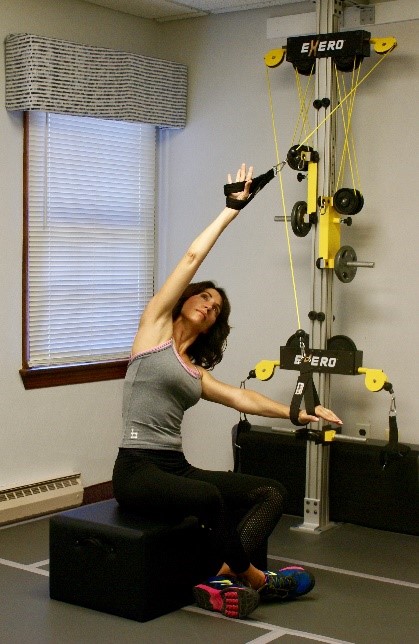 As fitness professionals, we know that exercise helps our clients to cope with stress. We are told that any type of exercise will help them to reduce stress levels. The problem with this way of thinking is that we do not look at stress from the same point of view as a chronic illness. In turn, you could be putting your clients at risk of developing illness’s. We know that stress can wreak havoc on the body but what can we do as fitness professionals?
As fitness professionals, we know that exercise helps our clients to cope with stress. We are told that any type of exercise will help them to reduce stress levels. The problem with this way of thinking is that we do not look at stress from the same point of view as a chronic illness. In turn, you could be putting your clients at risk of developing illness’s. We know that stress can wreak havoc on the body but what can we do as fitness professionals?
When we have clients diagnosed with diabetes, cancer and heart disease, for example, we follow a certain protocol or guideline. Not everyone is the same so you may have to deviate and think outside the box. Why should there be a difference with stress management exercise programming? There are specific guidelines that you should be following.
Many fitness professionals take into consideration the mental piece of stress but not what is actually going on inside the body as a direct correlation. Or fitness professionals may think that the client is better because they feel less stressed mentally after their session. When we do any type of exercise, endorphins will be released throughout the body. This will make you feel better mentally but it is a quick fix for what is really going on inside.
If a client is highly stressed and you have them do an intense workout they may become physically worse. Exercise is a stressor on the body itself and will increase cortisol levels. This in turn, can make blood sugars and blood pressure higher. If someone does not have either of these conditions it could become their new norm over time. When pushed to hard, a client may develop conditions like Alzheimer’s Disease earlier due to high cortisol levels.
We need to look at stress management from a physiological standpoint when prescribing exercise. Many fitness professionals do not make this important connection during their sessions. We may advise clients to do meditation, yoga and exercise as a “one size fits all approach” Our clients’ bodies are different and therefore need a customized exercise and health education plan. If you have a client who cannot lose weight when exercising and eating properly have them see their doctor. The Physician may want their patient to take a cortisol level test to make sure their body is functioning normally.
Fitness professionals should follow the FITT Principle for stress when working with this population. Knowing the appropriate frequency, intensity, time and type of exercise is very important. You must assess your client and know their stress levels before you can customize a program. It is also important to look at their health history and what medications they are taking.
One way of effectively training clients is by using the Aria Method™. Open and flowing movements are important for training individuals who are stressed. Posture and stress play an integral part of movement and should be taken into consideration. For instance, Stress can make people hunch over or adapt to a kyphotic posture. By opening the chest and strengthening the muscles you are correcting this motion. Take a moment and really look at your clients before deciding how to train them.
Educating clients about stress and healthy coping techniques is also important and can make a big difference. It may be hard for some individuals to make positive lifestyle changes. Remember to praise clients for any changes they make no matter how small.
Robyn Caruso is the Founder of The Stress Management Institute for Health and Fitness Professionals. She has 18 years of experience in medical based fitness.
References:

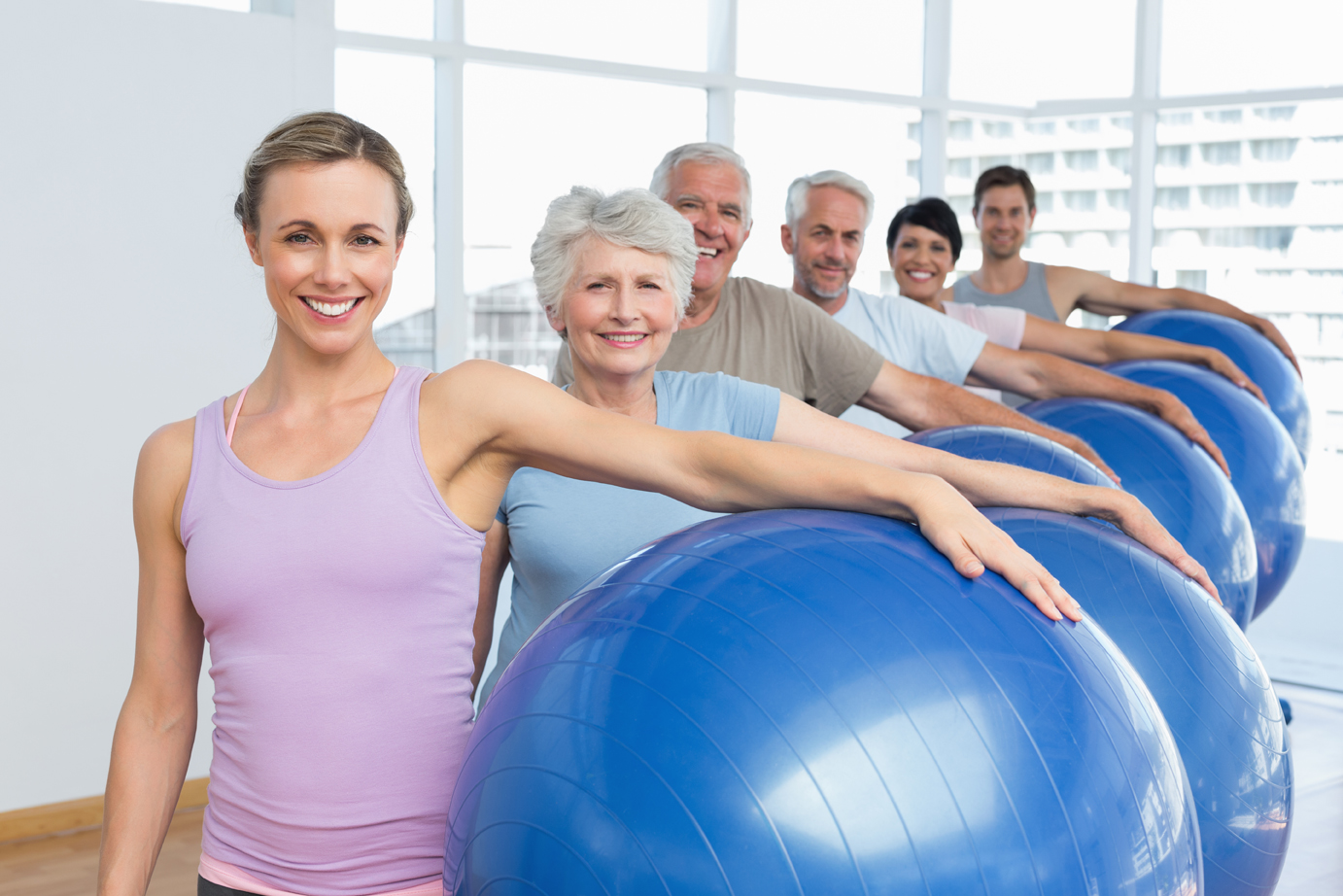
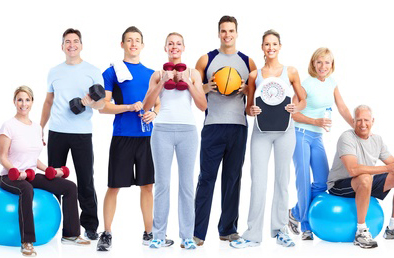
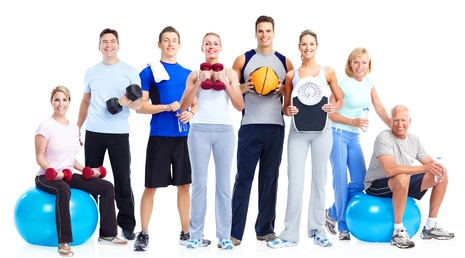 So, I’m going to focus more on five fitness myths busted that won’t be true anymore for you after today! First of all, let’s start with that famous phrase I’m sure you’ve heard before.
So, I’m going to focus more on five fitness myths busted that won’t be true anymore for you after today! First of all, let’s start with that famous phrase I’m sure you’ve heard before.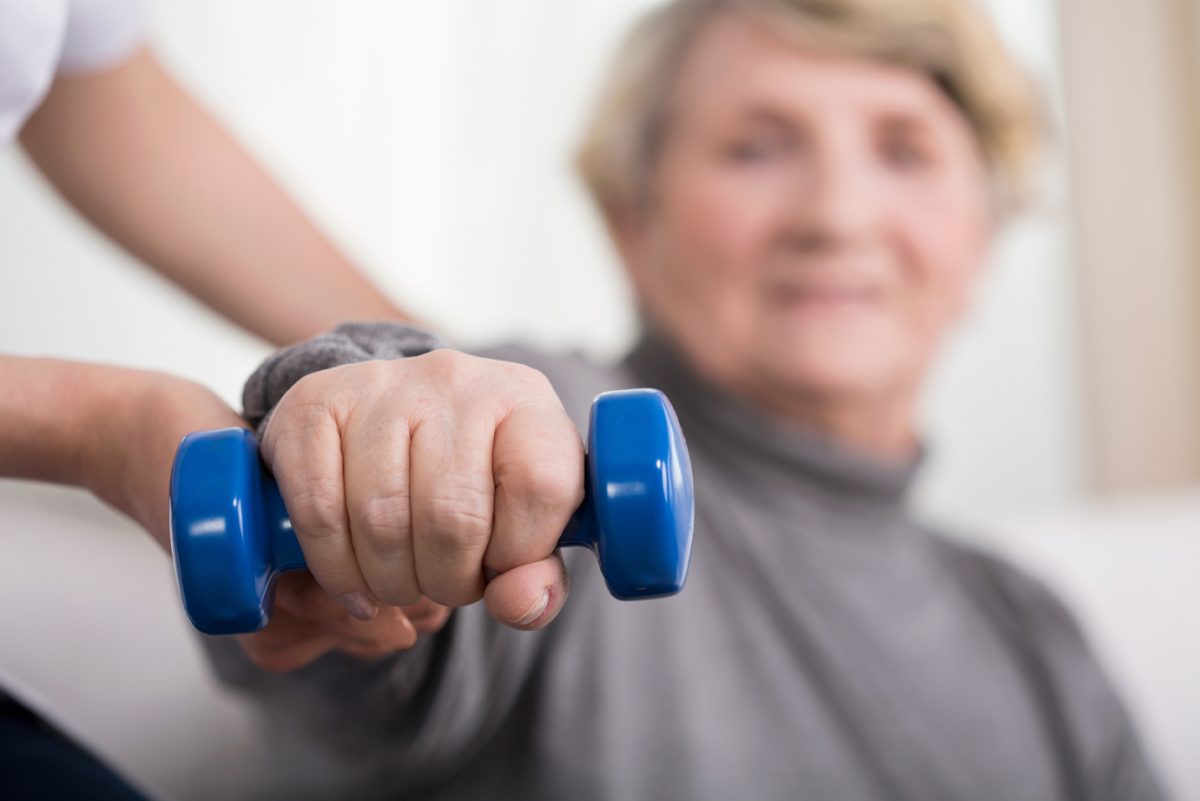
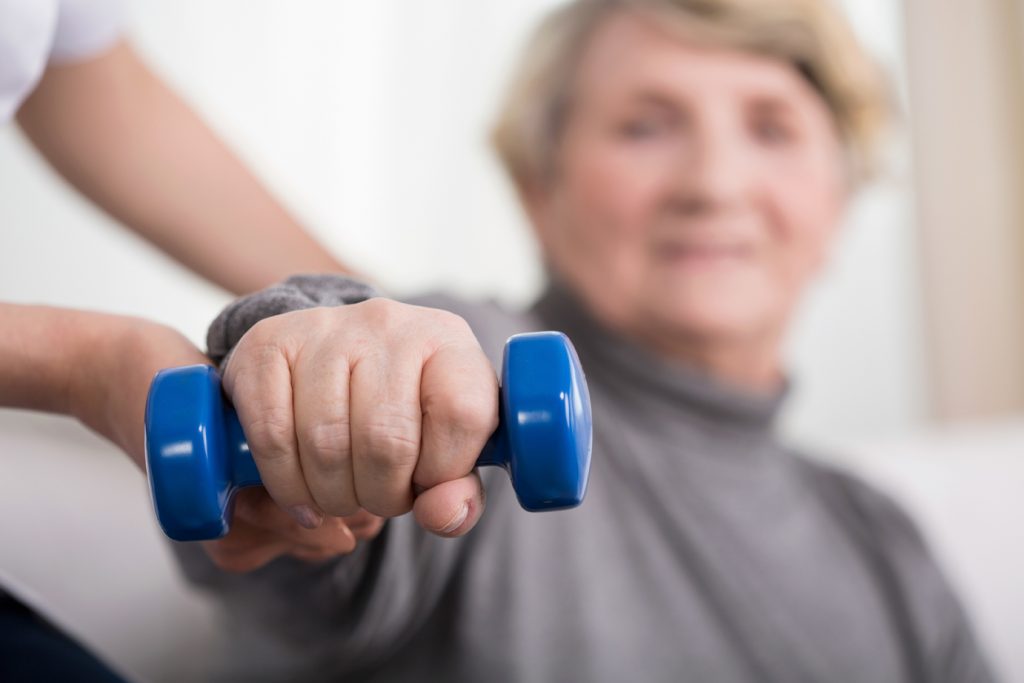 I would like to examine programming and execution in this article in order to enable and empower you to “take up the challenge” of becoming more than you ever thought possible through a well planned resistance training program that enhances your life through an acquired discipline, focus and commitment to your own health and well being. This process – (and it is a process) – continues throughout our lifetimes and rests on the foundation of a desire to consistently learn new things about ourselves. It is a process of expanding not only our own consciousness, skill and knowledge of our potential health and fitness futures – but also includes our developing ability to maintain such a process over time.
I would like to examine programming and execution in this article in order to enable and empower you to “take up the challenge” of becoming more than you ever thought possible through a well planned resistance training program that enhances your life through an acquired discipline, focus and commitment to your own health and well being. This process – (and it is a process) – continues throughout our lifetimes and rests on the foundation of a desire to consistently learn new things about ourselves. It is a process of expanding not only our own consciousness, skill and knowledge of our potential health and fitness futures – but also includes our developing ability to maintain such a process over time.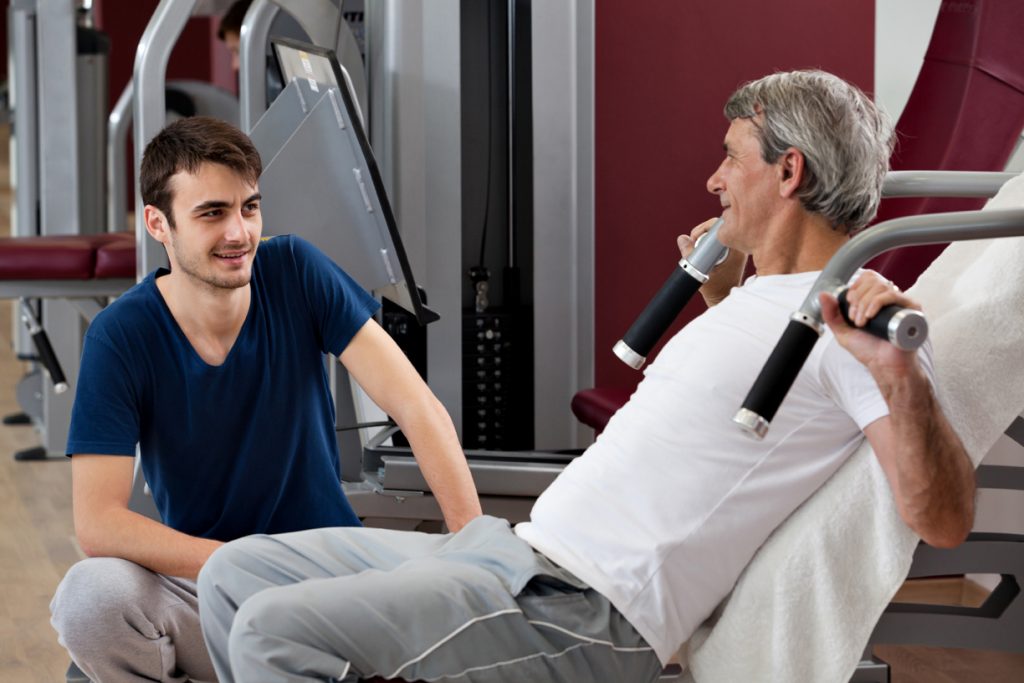




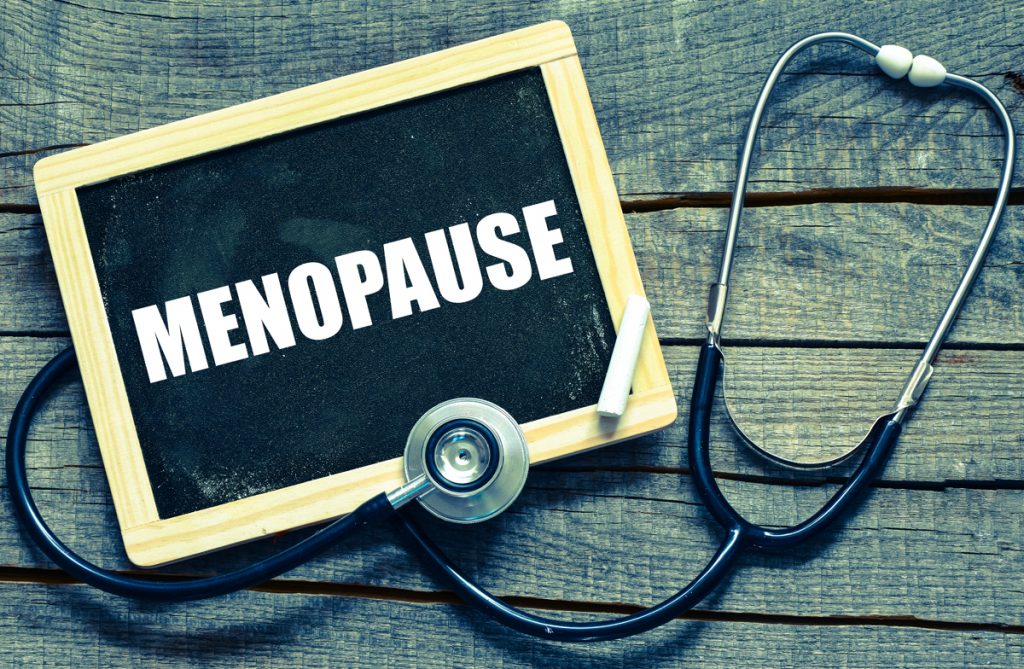
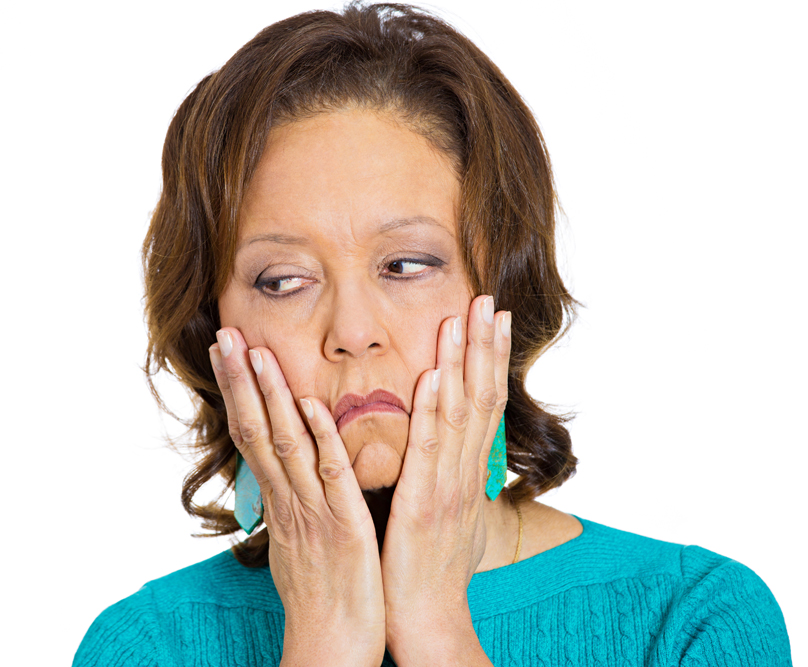 Symptoms – oh no!
Symptoms – oh no!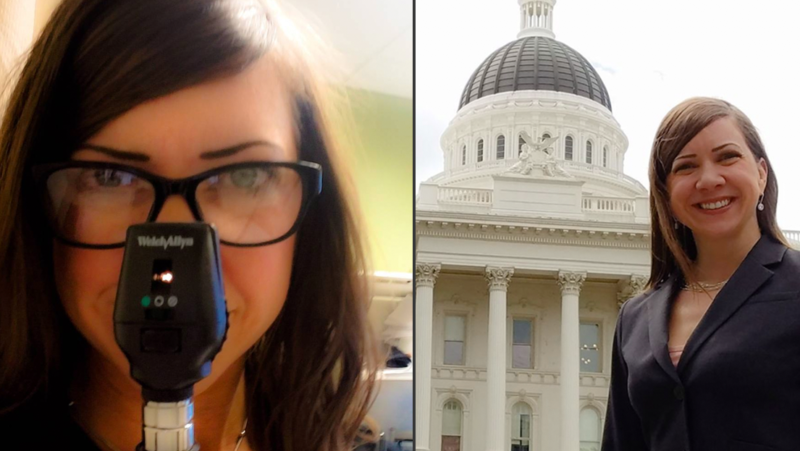
 And after I finished medical school and residency in family medicine, I finally got to my sports medicine fellowship, as I had decided I wanted to be a sports doc. However, I got that same feeling when I was doing sports medicine — like something just wasn’t right. Mostly I didn’t like that the hours were somehow both 9 to 5 and nights and weekends, leaving little time for myself.
And after I finished medical school and residency in family medicine, I finally got to my sports medicine fellowship, as I had decided I wanted to be a sports doc. However, I got that same feeling when I was doing sports medicine — like something just wasn’t right. Mostly I didn’t like that the hours were somehow both 9 to 5 and nights and weekends, leaving little time for myself. Here’s another real-life example. I finished yoga teacher training last year, and during my training I had an unlimited membership to the yoga studio. However, shortly after receiving my instructor certification, I started volunteering with a political campaign and didn’t have time to go often enough to make the membership worth the money, which started to stress me out. Yes, you heard that right, yoga was stressing me out.
Here’s another real-life example. I finished yoga teacher training last year, and during my training I had an unlimited membership to the yoga studio. However, shortly after receiving my instructor certification, I started volunteering with a political campaign and didn’t have time to go often enough to make the membership worth the money, which started to stress me out. Yes, you heard that right, yoga was stressing me out.
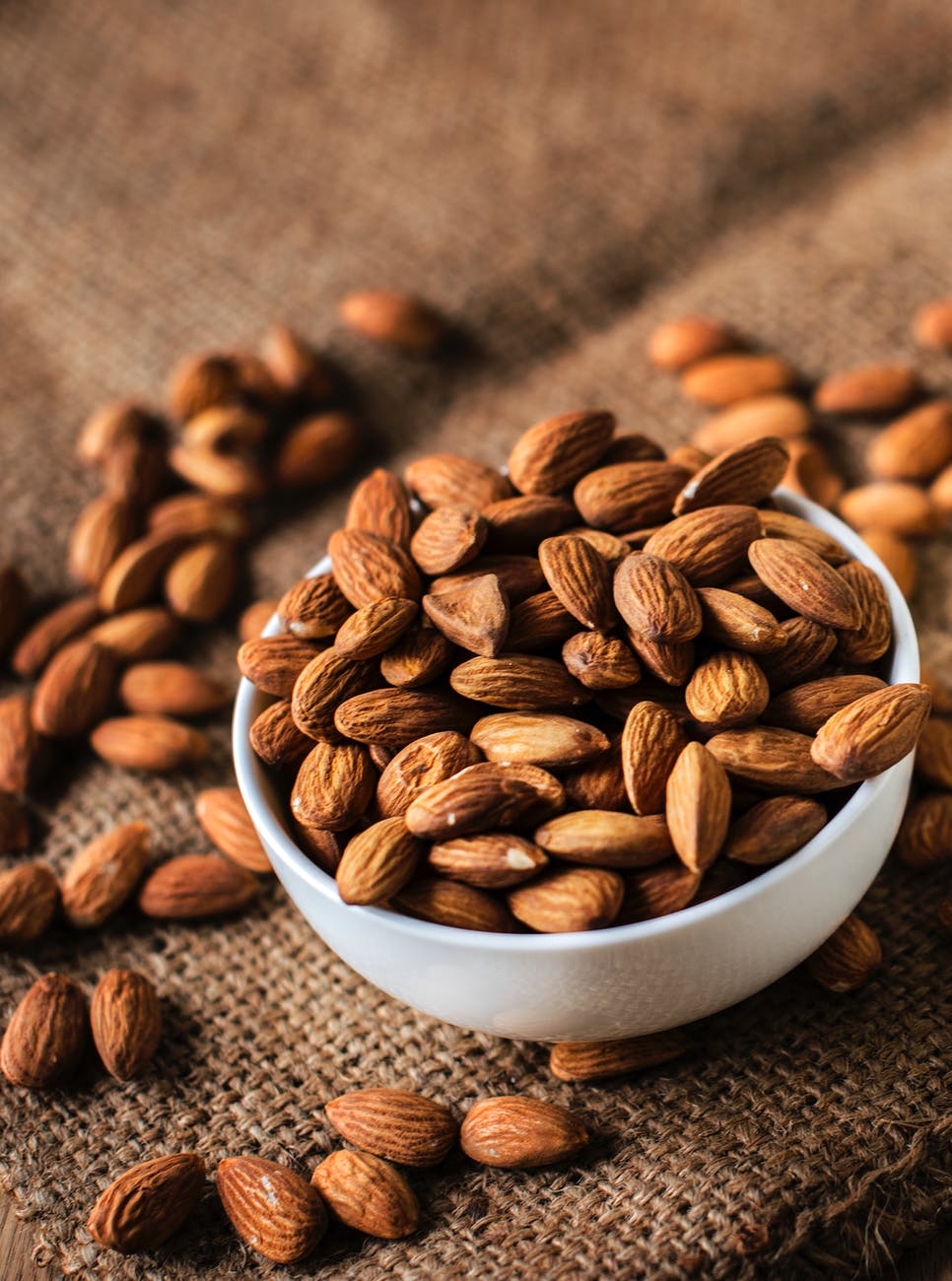
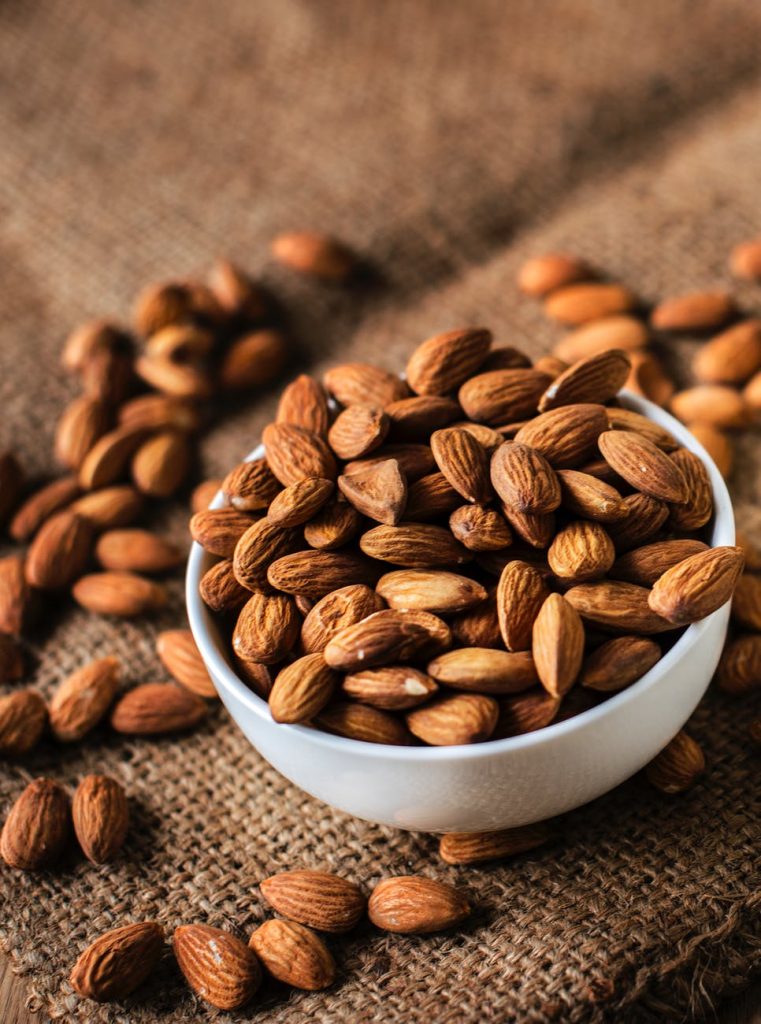 Almonds are a popular snack not just because they are nutrient-rich, but primarily because they are crunchy and taste yummy. In this day and age when snacks are replacing meals, you want to reach for good tasting, health-promoting snacks. Almonds can fit that bill!
Almonds are a popular snack not just because they are nutrient-rich, but primarily because they are crunchy and taste yummy. In this day and age when snacks are replacing meals, you want to reach for good tasting, health-promoting snacks. Almonds can fit that bill!